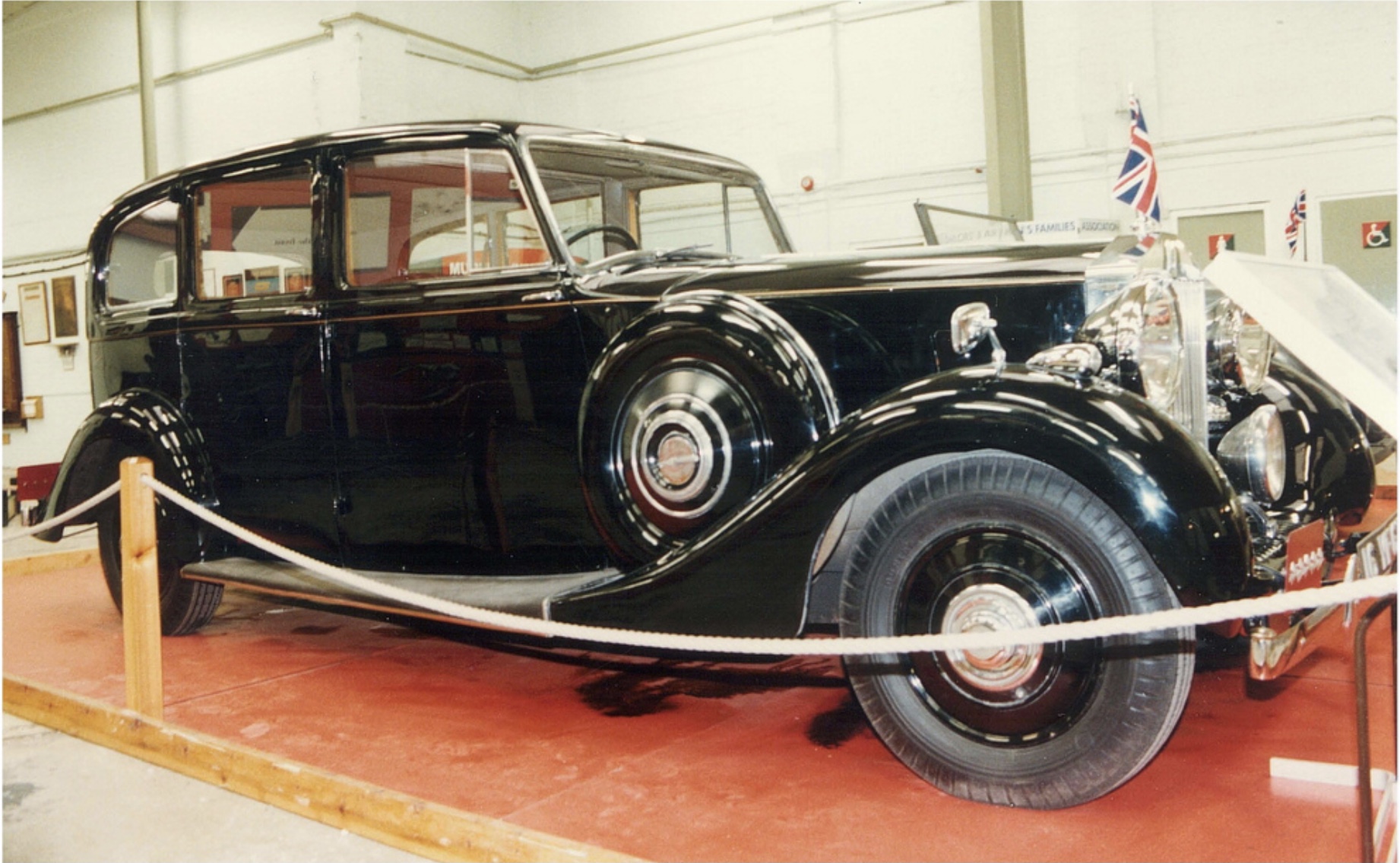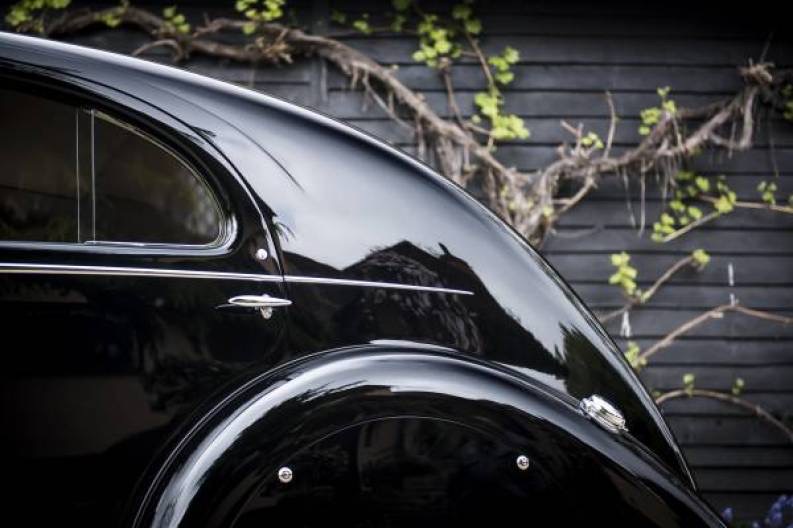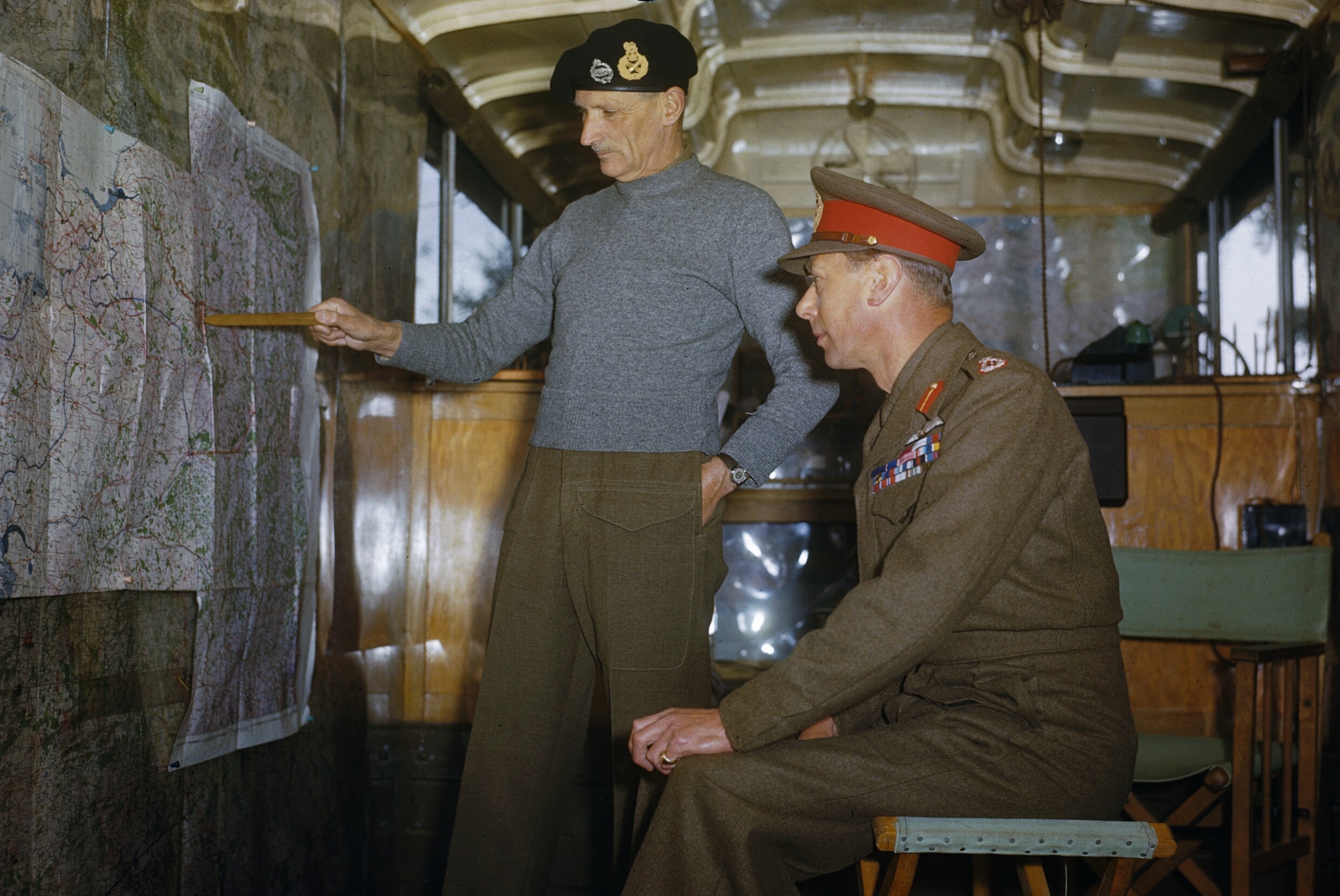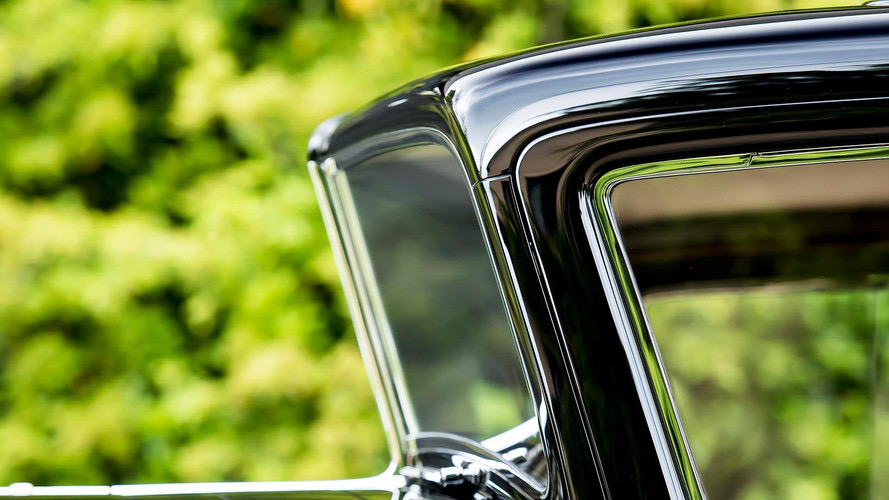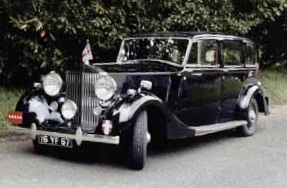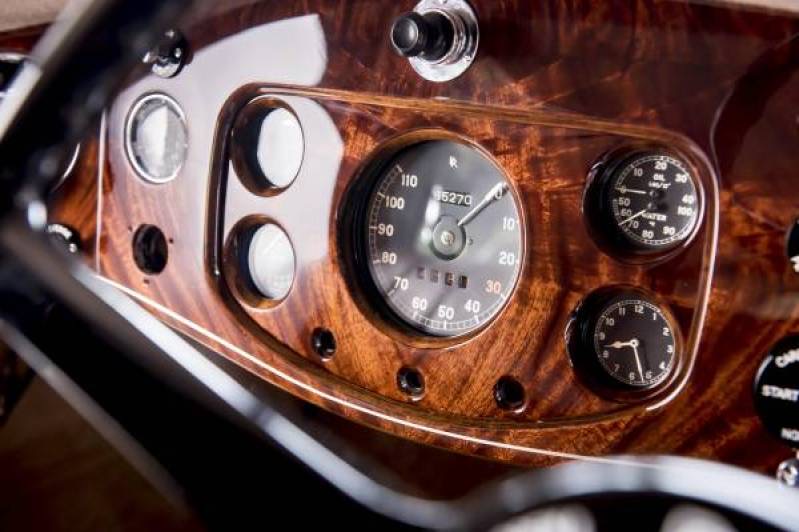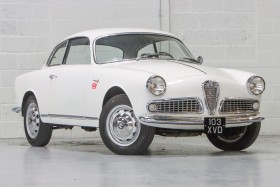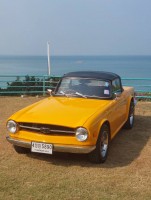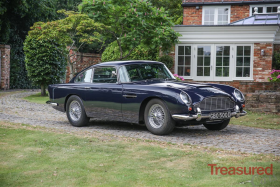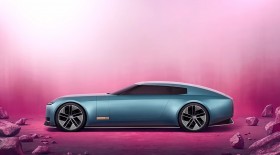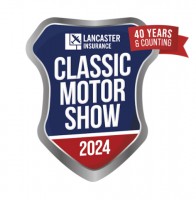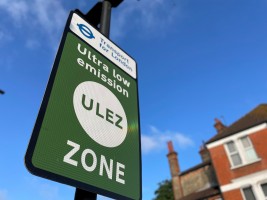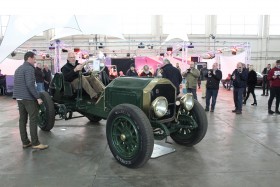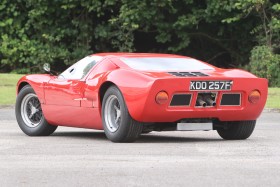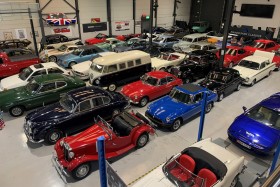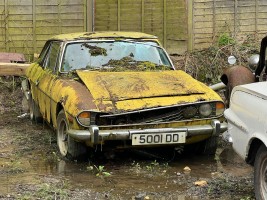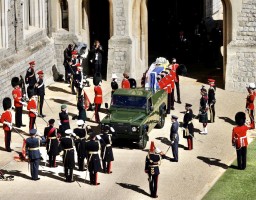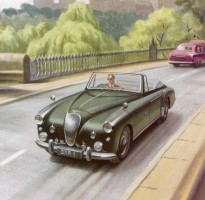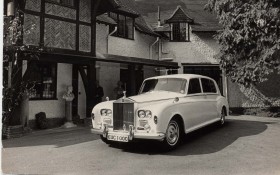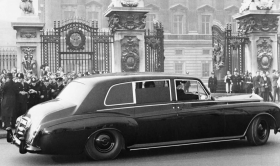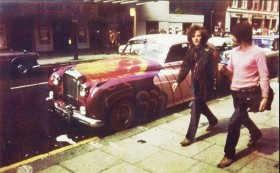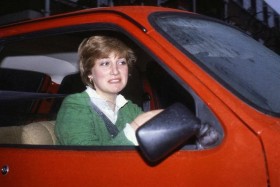montgomery’s treasured rollers
The Field Marshal had three special Rolls-Royces
By: Charlie Warner Wed, 06 Jan 2021
Car People
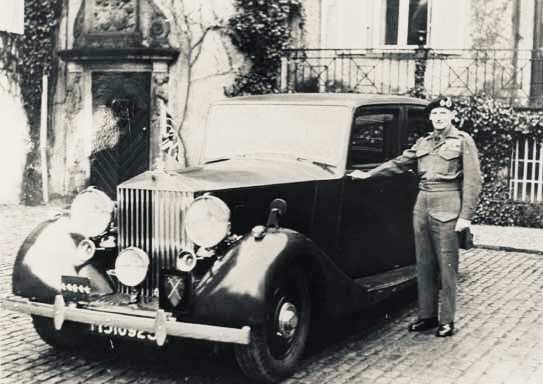
Field Marshal Bernard Law Montgomery, 1st Viscount Montgomery of Alamein was nicknamed ‘Plain Monty’, due to his simple and modest ways. He was Spartan in most aspects of his lifestyle, except that is for his personal transport, where he held very high standards. During World War Two, Montgomery had the use of three Rolls-Royces, and although as Field Marshall he was sometimes seen in his Humber staff cars while near the battle front, he preferred to use his Rolls-Royces. As a strong believer in the power of his image, Montgomery used his Rolls-Royces to portray his reputation for reliability and strength to his men, to increase their moral, and represent his superiority to his enemies the Germans.
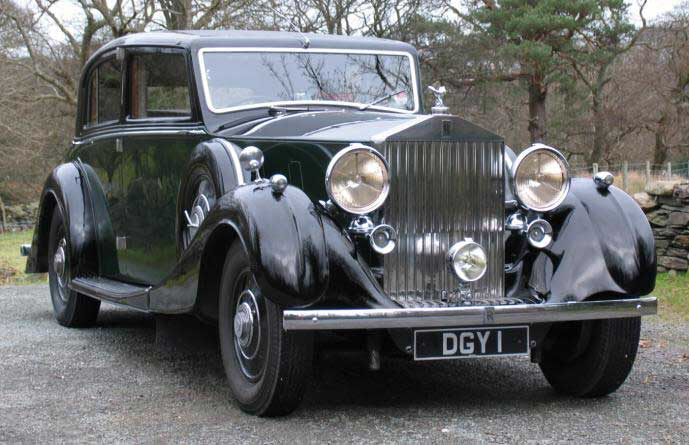
The first of his Rollers, was a 1936 Phantom lll, coach-built by Freestone & Webb. It was owned by Frederick Wilcock, boss of the Talbot Motor Company, when it was requisitioned by the Ministry of War Transport Section, for Montgomery’s personal transport. The Field Marshal used it during the build up to D-Day, driving Winston Churchill, General Eisenhower and King George VI to D-Day planning sessions at his operations base in Southwick House, Hampshire. Wilcock had asked that the car stay in Great Britain to avoid any wartime damage.
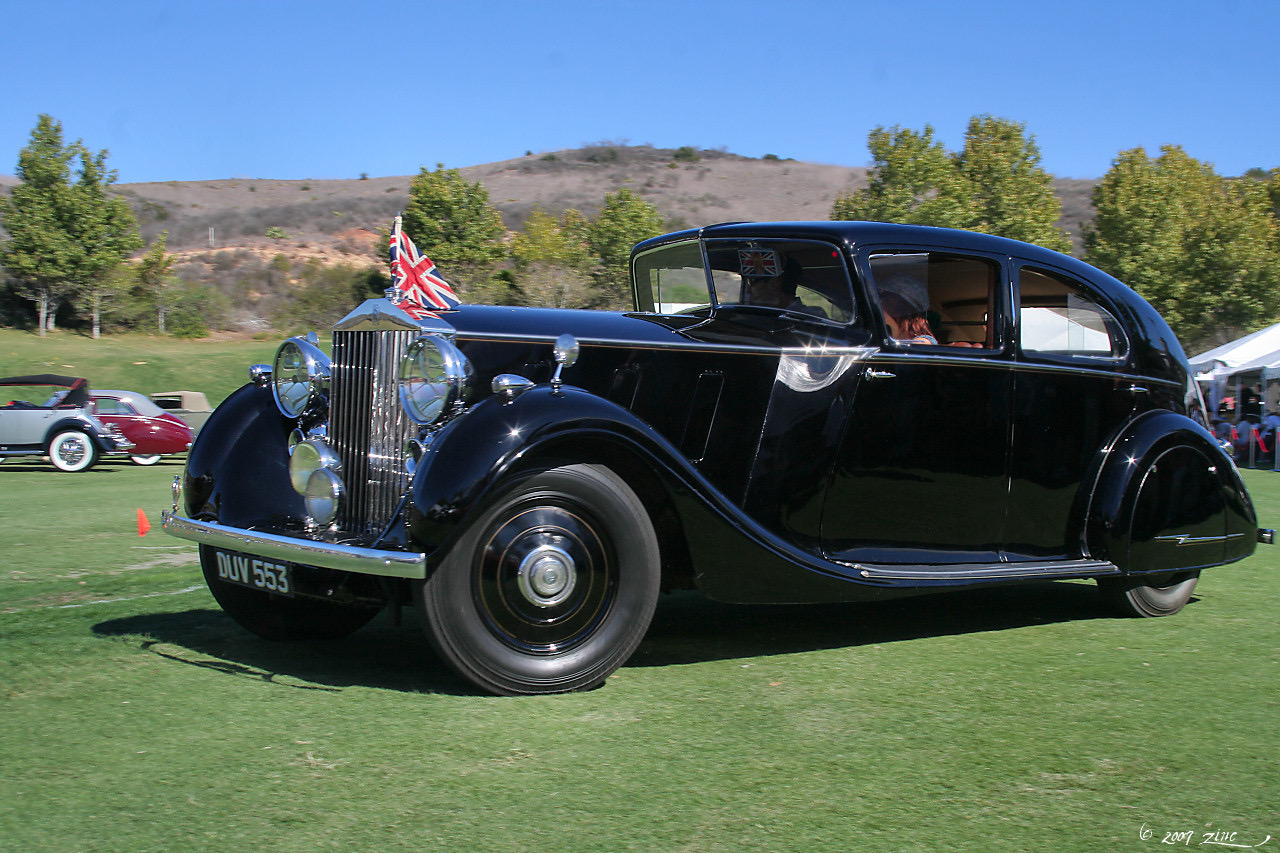
The 1938 Rolls-Royce Silver Wraith had been damaged in the London blitz, and subsequently repaired by Park Ward, where apon it was requisitioned by the Ministry of Defense and presented to the Field Marshal as his new personal staff car in the UK. It’s was shipped to Europe just after D-Day, 9th June 1944 and he used it through to when he finally took the unconditional surrender of the German forces on 4 May 1945, at Lüneburg Heath, south of Hamburg. It was not camouflaged and despite it being highly conspicuous it survived the War unscathed, while Rommel’s camouflaged Horch staff car was destroyed by a Spitfire. The Wraith belongs to the Royal Logistics Corps, and it now resides at the Army Transport museum where the vehicle occupies pride of place.
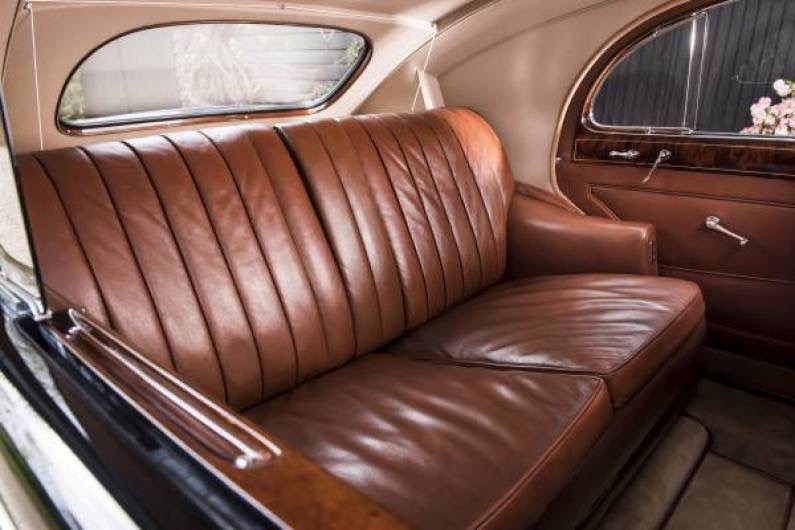
But the car that proved to be Montgomery’s favourite, was the 1936 ‘Butler’ Phantom III. This unique Phantom was commissioned for Alan Samuel Butler, Chairman of the De Havilland Aircraft Company, with coach builders HJ Mulliner of Chiswick making the unusual bodywork. Its most striking feature is the front-sloping windscreen that makes the car more aerodynamically efficient than the standard design. The Butler Phantom lll’s aerodynamic ability was also improved by the sweeping tail and having the spare tyre enclosed. Using his knowledge of aerodynamics, Butler had concluded that a forward-raked, vee-shaped windscreen had a number of advantages. He claimed that tests in the De Havilland wind tunnel showed that wind resistance was reduced by up to 15%, while the reverse angle also helped to reduce dazzle at night and removed water from the windscreen in bad weather.
The car became Montgomery’s official vehicle for many years, he used it until 1962. During that time visiting the War Office on Whitehall, 10 Downing Street, the British Prime Minister’s country residence Chequers, and military operations centres, Northwood in Hertfordshire and the NATO Supreme Headquarters Allied Powers-Europe in Rocquencourt, near Versailles, France. In addition to taking Monty around the UK and Europe to historic meetings, inspections and celebrations, it also transported the Prime Ministers of Canada, Australia and New Zealand.
The ‘Butler’ Phantom III has undergone extensive refurbishment at Rolls-Royce specialist P&A Wood in Essex, and in 2017 was on display at Rolls-Royces, ‘Great Eight Phantoms’ Exhibition in Mayfair London, along with other great Phantoms belonging to, Queen Elizabeth ll, John Lennon, the Shar of Iran and Fred Astaire.
A brilliant military tactician, Montgomery was notorious for his lack of tact and diplomacy. So much so that colleagues and friends commented on his “lack of tact and egotistical outlook which prevented him from appreciating other people’s feelings”.
So it's rather ironic that this self conscious egotist with his prickly demeanour would choose to use a Rolls-Royce, the symbol of calm elegance and stateliness. Perhaps because to 'Monty', his Rolls-Royce Phantom's conveyed what he preferred to think were his best attributes, that of permanence, solidity, reliability and strength, the Rolls-Royce was his visual representation of his endurance.
“In defeat, unbeatable; in victory, unbearable.” – Winston Churchill on Montgomery

